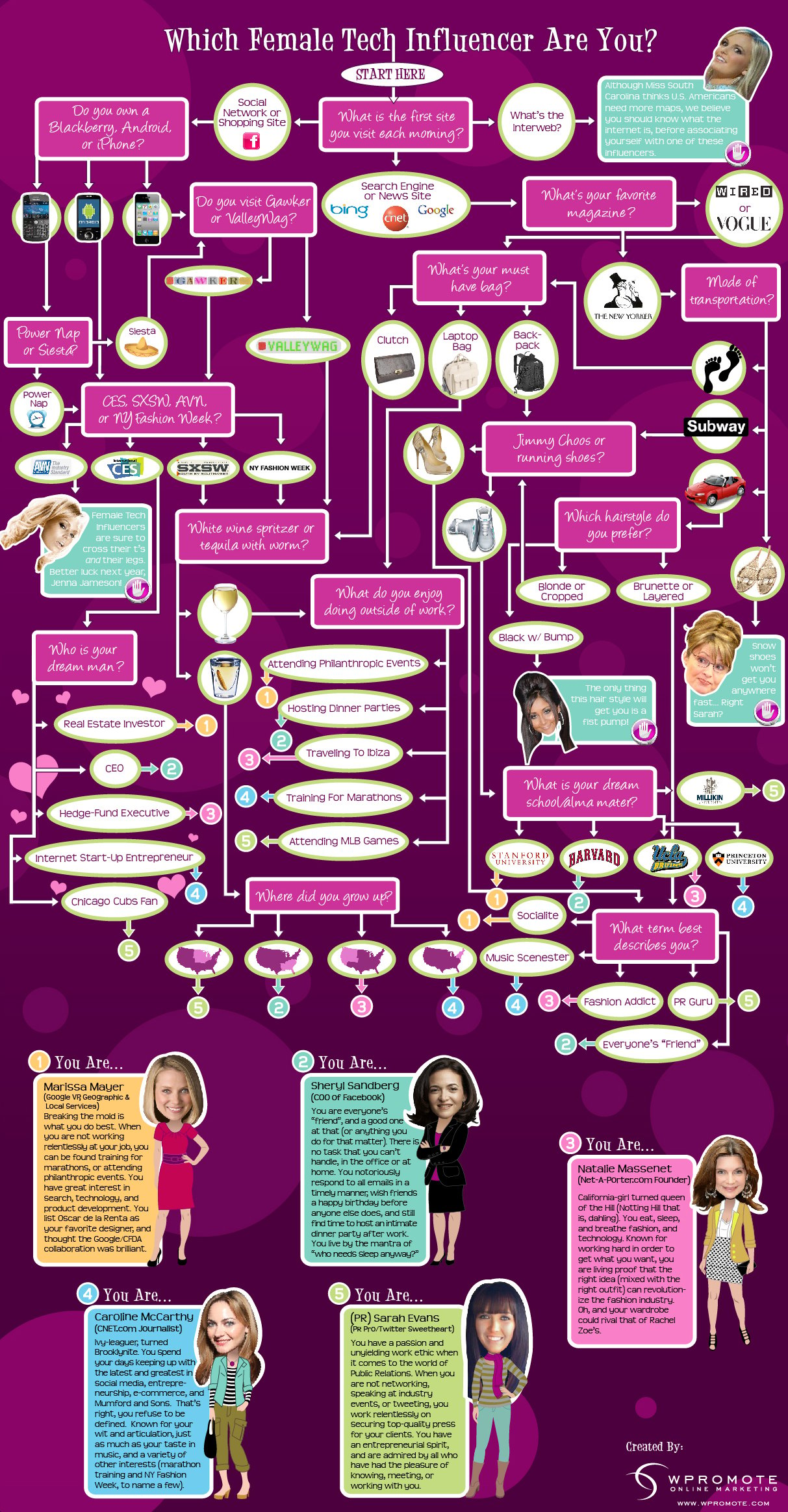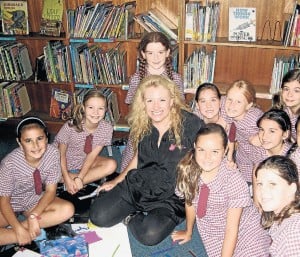Teenage girls have been getting a lot of media lately, much of it alarmist, with headlines such as ”Do you know what your daughter’s doing tonight?” and ”Lies, scams and deceit — just your average teenage girl”. In on online feature recently, Australian fashion editors had a go at girls for dressing like ”streetwalkers”.
Girls see this media coverage, too, so I guess it’s no wonder they often say to me after an Enlighten workshop that they thought it would be “just another boring lecture about the things we do wrong”.
While we must be realistic about the very real issues that girls are facing, I believe it is just as important to recognise the positives and engage with girls, not alienate them. We need to move beyond finger wagging. I know that Martin Luther King Jr wouldn’t have inspired anyone by declaring “I have a nightmare!”
Writer Emily Maguire’s piece in the Sydney Morning Herald earlier this month, “Sugar, Spice and Stronger Stuff”, touches on this issue and talks about how best to help our girls navigate the sometimes dangerous world in which they live. I am grateful to Emily for allowing me to share an excerpt with you here.
 Emily Maguire is the author of three novels and two non-fiction books. Her articles and essays have been published widely including in The Monthly, The Australian and The Age and in 2007 she received an Edna Ryan Award (Media Category) for her writing on women’s issues. Emily was named as a 2010 Sydney Morning Herald Young Novelist of the Year and is the recipient of the 2011 NSW Writers’ Fellowship. Her latest book is “Your Skirt’s Too Short: Sex, Power, Choice.”
Emily Maguire is the author of three novels and two non-fiction books. Her articles and essays have been published widely including in The Monthly, The Australian and The Age and in 2007 she received an Edna Ryan Award (Media Category) for her writing on women’s issues. Emily was named as a 2010 Sydney Morning Herald Young Novelist of the Year and is the recipient of the 2011 NSW Writers’ Fellowship. Her latest book is “Your Skirt’s Too Short: Sex, Power, Choice.”
We need a reality check. . . . A minority of teenage girls routinely abuse alcohol or illegal drugs. A minority put themselves at risk of social stigma or criminal prosecution by sexting carelessly. A minority of those who are sexually active don’t practice safer sex. But most understand the potential dangers of drugs, alcohol and sex and make choices which minimise those dangers. Those who continue to put themselves at risk need specific, possibly professional, intervention. Impersonal, generalising panic over behaviour is unlikely to change it.
But of course, not all harm can be avoided by even the most sensible girl. There is, for example, the barrage of media messages about their apparent physical unacceptability. According to a 2010 Mission Australia survey, body image is the top personal concern for young people. Sexual assault also remains a major problem with the Australian Research Centre in Sex, Health and Society reporting that 38 per cent of female secondary students have had ”unwanted sex”.
It’s scary stuff. Little wonder that some parents are tempted to lock their daughters in a room free of TV, internet and phone. But one day those girls are going to have to step outside and then what?
Although we wish the world was a safer place and should work to make it so, we need to prepare girls to live in it as it is. This seems obvious when talking about boys: of course they need to learn resilience and determination and rebelliousness against those who would hold them back or harm them. But we’re still so damn precious about girls. We pretend that passivity and fragility are innate, even as we expend a great deal of energy on instilling and enforcing them.
. . .
In her book Odd Girl Out: The Hidden Culture of Aggression in Girls, Rachel Simmons details the ways in which adults ”discourage the emergence of physical and direct aggression in girls” and ”either encourage or shrug off” the ”skirmishes” of boys. In one study, adults told girls in their care ”to be quiet, speak softly or use a ‘nicer’ voice about three times more often than boys”.
Teenage girls are often criticised for being sullen and underhanded, for resorting to passive-aggressive silences and unexplained bursts of tears, yet we’ve spent a decade or so training them to suppress. What do you do with the natural teenage rushes of emotion and hormones and excitement and rage when you’ve been repeatedly told not to draw attention to yourself, not to argue back, not to speak unless you have something nice to say?
We know girls face a sometimes hostile world and yet we train them to be meek in the face of it.
. . .
If girls are human then they should be allowed to explore the full range of human experience. They should be allowed to look to rock stars as well as pop princesses, pirates as well as sailors, vigilantes as well as stoic victims. They should be allowed to find inspiration in rebels with or without causes.
Fictional role models are a start, but there are plenty of real-life teenagers who demonstrate courage and resilience. Jessica Watson is already a role model for many teenagers, but how about Ellyse Perry who, at 16, played for Australia in both cricket and football? How about Angela Barker who spent her teen years in a nursing home after suffering a severe brain injury and now campaigns for the rights of young people with disabilities? Or Kalinda Griffiths who began her career as an indigenous health researcher at 17? How about the 170,000 young people who are primary carers for parents or siblings?

These kinds of real-life examples don’t just serve as inspiration to teenagers; they serve as a reminder to adults that teenagers of both sexes are capable of much more than our society gives them credit for.
We shouldn’t be surprised. Many teenagers possess powerful self-awareness (the flip side of teenage self-obsession) and a great capacity for constant questioning and insightful cultural critique. What they tend to lack is self-control, the ability to envisage the consequences of their actions and, obviously, life experience. That’s why we adults need to have their backs. We can encourage toughness while offering advice on how to minimise damage to the self and to others.
If a girl knows you’re on her side — that you won’t treat her as stupid or fragile or dishonest or assume she can’t handle anything more challenging than buying top-up credit for her phone — then there’s a better-than-even chance she’ll listen to your advice about when to bite her tongue and when to scream like a banshee. And when something goes wrong, as it inevitably will, it’s more likely she’ll tell you about it if she knows you won’t panic about her lost innocence and vow to guard her with a shotgun until she’s 21.
. . .
There’s the example of the 14-year-old who was at the movies with her friends when a man in his 20s put his arm around her shoulder and asked her to come sit with him. She said no and he went away but she was shaken. Talking it through with her friends, there were suggestions that her outfit was ”kind of sexy” and so maybe she shouldn’t dress like that any more. Others in the group thought that was unfair: her outfit was amazing and she felt great in it. She just needed to be ready for men who thought she was older or looking for a boyfriend or whatever. Together, the girls came up with a strategy: the next time she (or any of them) had an adult man crack on to her she should say — very loudly — ”I’m 14!” and if he persisted, she would — louder still — tell him he should be ashamed of himself for trying to pick up a child.
There’s no doubt the ideas behind this solution came from a thousand conversations with adults and peers and from various forms of media. When it came to the crunch, the girls were able to talk it through, support each other and come up with a strategy that acknowledged unfortunate realities while refusing to cower in the face of them. Talk about empowering.
Unfortunately, when the girl told her parents about the incident, she was banned from going to the movies with her friends. Again, an understandable impulse but the girl feels punished for fighting her own battle and will either stop doing so or — more likely — will be sure to keep future battles a secret.
It can be dangerous out there. We can teach girls to be frightened and meek, to aim to be mere silent witnesses rather than victims. Or we can teach them to fight, not just for themselves but for others who can’t. We can teach them that the world can be terrifying, and that sometimes, they should be terrifying right back at it.







![IMG_1118[1] IMG_1118[1]](https://enlighteneducation.edublogs.org/files/2010/06/IMG_11181-300x268.jpg) Enlighten Education
Enlighten Education 
